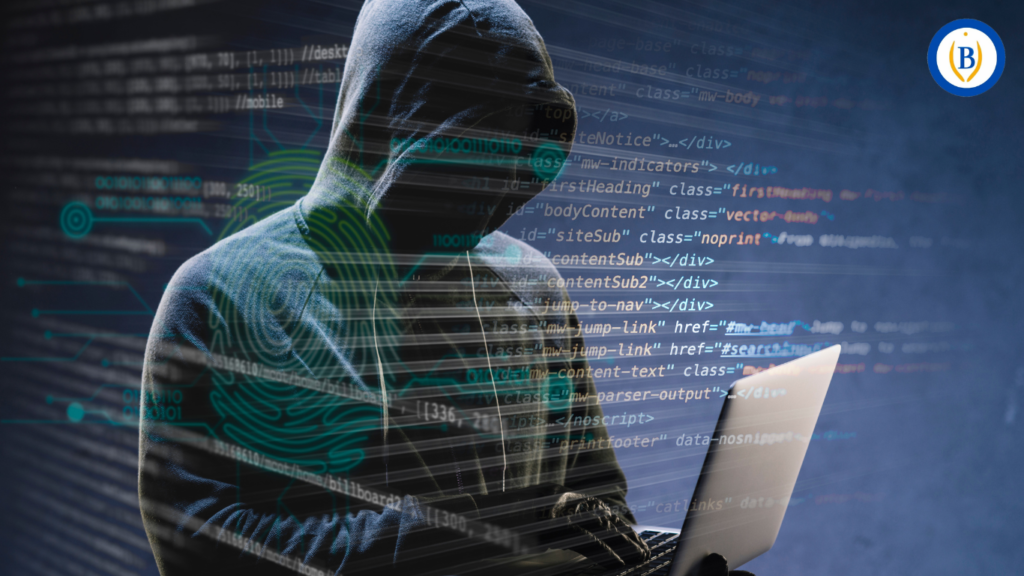Cyber Security
Not every place on the internet is secure. Cyber security is increasingly crucial as cyberattacks show no sign of slowing down; in fact, they are becoming more frequent.
As a result of this uptick, everyone is on red alert: consumers are paying more attention to where their data goes; governments are putting regulations in place to protect their populations; and organizations are spending more time, energy, and money to guard their operations against cybercrime.

The growing awareness of cyber risk among customers and regulators need not be bad news for organizations. As a matter of fact, the present circumstances may provide astute executives a noteworthy prospect for advancement. There is a greater likelihood of at least 10% yearly growth for the firms that are best positioned to develop digital trust than for others.
How secure is the internet now for users, authorities, and businesses? And how can businesses make the risks pay off?
Let’s begin by discussing what groups and individuals are shielding themselves from, before learning how they might defend themselves. A cyberattack: what is it? Put simply, it’s any malicious assault designed to obtain information or access on a computer system, network, or device. Cyberattacks come in a wide variety of forms. Some of the most typical ones are listed below:

Spyware, ransomware, and viruses are examples of malevolent software. It gains access to a network by taking advantage of a vulnerability, such as when a user clicks on a phony email attachment or link. Once malware takes control of a system, it might install more malicious software on the network, stealthily transfer data from the network (spyware), or demand money in exchange for access to the system (ransomware). Ransomware attacks alone saw a 105% increase in 2021.
Phishing is when a malicious party sends a phony message purporting to be from a trustworthy source, such as a bank or business, or from someone using the incorrect phone number. Phishing attacks can be launched via social media, text messaging, or email. Usually, the intention is to obtain personal information by tricking the victim into disclosing it, or by infecting the victim with malware.
Attackers who place themselves in the middle of a transaction to intercept personal data are known as man-in-the-middle attackers. Due to their vulnerability, these assaults are especially frequent on public Wi-Fi networks.
Attackers using denial-of-service techniques overload systems with traffic, preventing them from processing valid requests and clogging up bandwidth. Shutting down systems is the aim of this kind of assault.
Cybercriminals use password attacks to try and guess or deceive users into divulging their credentials.
There are several ways that people and businesses can defend themselves from cyberattacks, ranging from physical hard drive locks to passwords. A wired or wireless computer network is shielded from hackers by network security. Sensitive data is shielded from unwanted access by information security, such as the data protection safeguards of Europe’s General Data Protection Regulation (GDPR). There are also other varieties of cybersecurity, such as firewalls and antivirus programs. Cybersecurity is a huge business; according to one tech research and advisory firm, in 2023, firms will spend an additional $188 billion on information security.
Organizations take great precautions to safeguard themselves, but frequently they are insufficient. Cybercriminals are continuously changing their strategies to capitalize on changes in customer behavior and recently discovered vulnerabilities. Cybercriminals, for instance, used newly discovered software vulnerabilities to cause havoc on computer systems when the world quickly moved to remote work during the start of the epidemic. A almost fifty percent increase in alleged online crimes was recorded by the US Federal Bureau of Investigation’s (FBI) Internet Crime Complaint Center.
This post speaks volumes! Speaking of expression, Sprunki is a creative revolution.
Truly appreciate it! We’re glad Sprunki inspires expression and innovation.
Brilliant perspective! Your insights capture the essence of what makes Sprunki OC so special. Speaking of creative expression, Sprunki OC offers unprecedented musical freedom. The Sprunki OC platform is remarkable.
Really appreciate your insight!
Appreciate the kind feedback! It’s always amazing to see how Sprunki OC inspires expressive minds like yours.